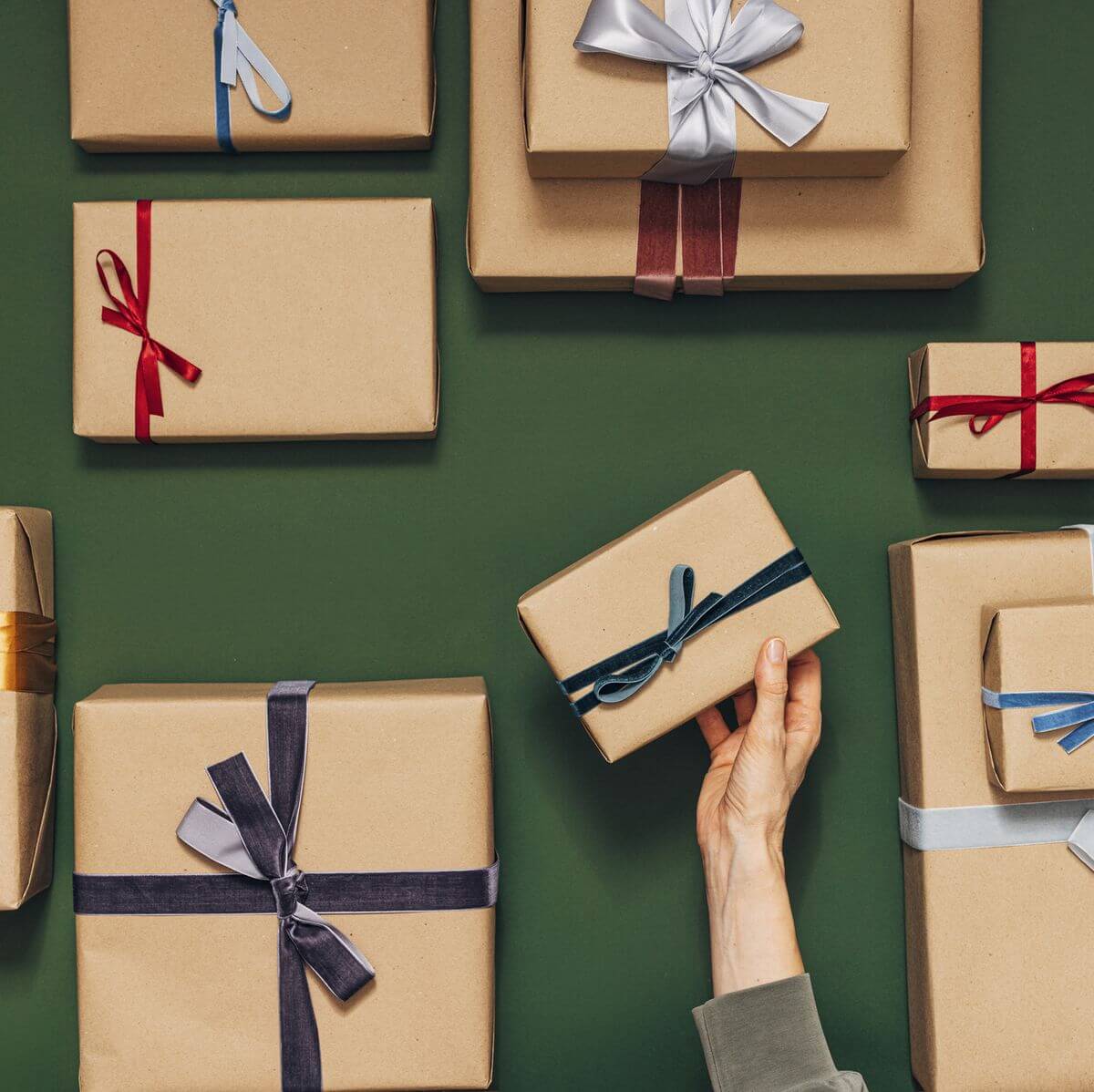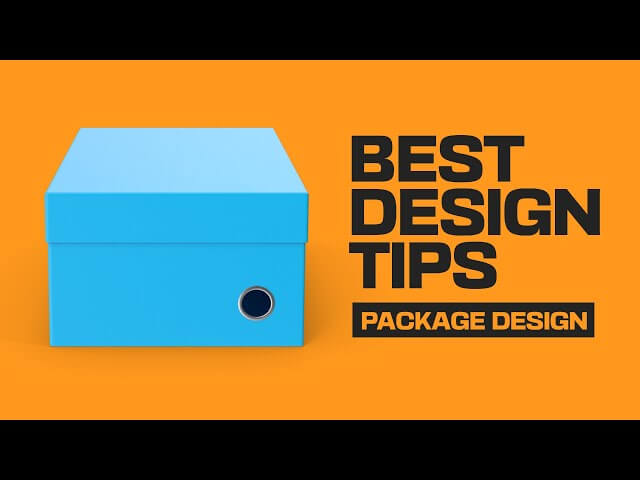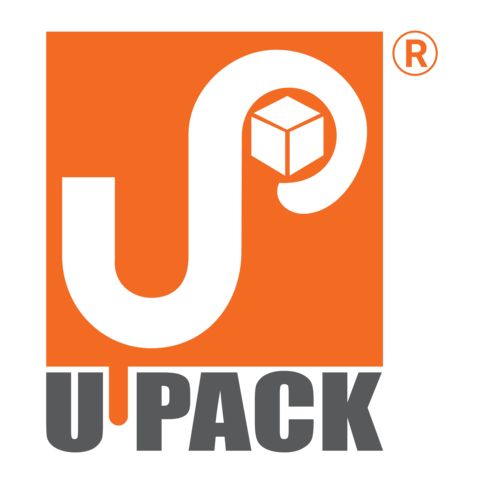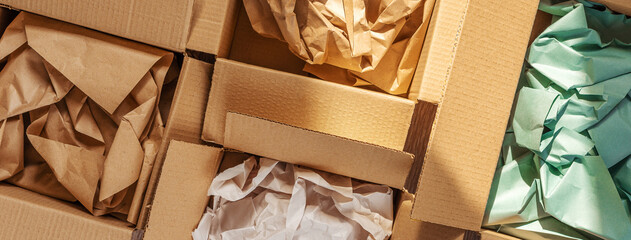Crafting Professional Packaging Design
A Guide To Professional Looking Packaging Design
It's time for a professional packaging redesign, from your container to your label, after your company has grown enough for you to upgrade from manufacturing your labels at home. However, learning packaging design is a difficult task.
By keeping the following things in mind:
Customer Development -Who is the perfect customer for your offering? Millennials moving into their first house, or commercial cleaning companies working in public schools?
Regulatory compliance -What requirements for compliance must you be aware of? Exist significant label requirements for your product from well-known retailers or state and federal authorities?
Environmental influences -Is your product made for easy pantry storage or for frequent usage in harsh environments?
Container limitations -Is my container designed in a way that will make it necessary to use a special adhesive or label format?
Perfect packaging is attainable. You'll learn today what you can do to ensure that your packing is perfect.
We discussed the value of packaging and labeling in a recent post, as well as how unique packaging can support the development of an enduring brand.
This time, we'll concentrate on the precise procedures you may use to design the ideal packaging for each product. You'll have 11 suggestions at the end of this article to help you get in front of more of your potential clients.
What is good news? All of the suggestions are doable and inexpensive! You'll observe that attention to detail makes for outstanding packaging.
Yet first...
Once this has been accomplished, the following stage is to construct your packaging, and a professional appearance is essential. But what exactly is a professional? Here are ten things to think about:
- Spend more on premium packaging supplies.
- Show off your brand.
- Pick your color choices with care.
- Don't use too many words.
- Determine if your label requires layers.
- Provide clear product information.
- Balance creativity and function for containers.
- Secure your packaging.
- Make a trial run.
And even if you don't use every suggestion, they'll nonetheless aid in your understanding of the fundamental requirements for expert product packaging

Some of the ways to give your products a more professional look
-
Spend more on premium packaging supplies.
Because they enhance consumers' views of your brand, high-quality materials are both aesthetically pleasing and operationally essential to the product packaging you choose.
You'll probably prefer pressure-sensitive labels that don't need heat or water to activate when it comes to labels. Over 80% of labels in a variety of product categories—including chemicals, household items, food and drink, wine, and other alcoholic beverages—use them. Biaxially oriented polypropylene (BOPP), estate paper, foil, and semi-gloss paper are examples of traditional materials. However, less typical materials might also be an alternative. Simply seek advice from your source to make sure they can still withstand the intended use of your goods.
Most significantly, how you define "quality" will depend on how well your product performs. When exposed to abrasive chemical solutions, estate paper, which is the ideal material for premium wine labels, fails. Choose a material that is appropriate for your product's surroundings.
-
Show off your brand
A strong graphic package will make your brand come to life. A good illustration is Apple. Their brand has set itself apart from every rival thanks to their careful packaging strategies.
-
Eye-catching logos
Symbols effectively convey your brand's essence without using words. They simply selected an apple for Apple.
-
attractive artwork on the surface
Not all brands can benefit from art, but a good use of it can initially advance your brand's messaging. Apple chose to show the device inside a large white space that suggests a simple, minimalist experience.
-
Packaging that invites touch
The graphic design team at Apple employed strategic embossing on the artwork to enhance the tactile surface of the box for the AirPods headphones. The wording on the label
And other graphic components can be highlighted with spot label varnish to further distinguish the product from others.
-
Pick your color choices with care.
Color is the brand for well-known goods like Coca-Cola and Tiffany. When executed improperly, they might cause confusion among customers and contrast with your brand's identity.
Cold colors like lavender, blue, and cold white can convey expertise, competence, and simplicity. In contrast, the colors red, orange, and yellow exude assurance, joy, and good cheer. Products that are dependable and tough or striking and sophisticated frequently pair well with neutral browns and blacks.
In fonts, where contrast and legibility are crucial, color is also present. This explains why red backgrounds with white lettering are so common.

-
Don't use too many words.
The pet hair dryer sheets from Bounce don't spare any time in explaining what they do: "Bounce — Pet hair & Lint Guard." This teaches a valuable lesson:
Ensure simplicity.
There is no better way to convey "unprofessional" than with a packed packaging design layout. It hinders the effective dissemination of your brand's message. Just consider the fact that a customer should be able to tell what you're about with a single glance as they walk down the aisle.
Designing a clean label can be difficult, though, as you take into account logos, artwork, regulatory information, and your name. Here are some suggestions for resolving this:
- Less is more —less is more since words occupy a lot of space. Space can sometimes be saved by simply reorganizing sentences. Simply substituting "Seattle's best coffee" for "Best coffee in Seattle" eliminated four characters and produced a slogan.
- Change or resize your typefaces or your label— Experimenting with different fonts and font sizes can surprisingly reveal space and proportions. If it still isn't enough, think about changing the label's size or shape.
- Get layers – If all else fails, your label itself might be what you truly need, rather than any of the aforementioned alternatives. We'll go over extended content labels (ECLs), which are what these are known as.
- Determine if your label requires layers.

Extended content labels (ECLs) and their applications are already recognizable to you if you've ever seen a label that folds, peels, or pops out. They are frequently found on substances with high concentrations of chemicals, medications, vitamins, nutraceuticals, and items with tiny, irregularly shaped containers.
Ingredient lists, different languages, and instructions can all be found in these inner layers in addition to the necessary regulatory text. ECLs, however, are also powerful marketing tools for including:
- Instant redeemable coupons (IRCs), or coupons for later redemption
- Forms for rebates and questionnaires
- Recipes, game pieces, and contest entries
- Products that promote each other
- Corporate stories and information

-
Provide clear product information
A warning label that directs users to burn candles within sight and keeps them away from combustible items, children, and pets is always present on candle packages. This is present on every candle and is not an accident.
Your product can be subject to statutory regulations or obligatory store requirements, depending on your sector. This can be the components that go into your product or the terminology that must be utilized on it.
However, it's also a good idea to provide details on the nature of your goods, particularly any unique selling points like natural, organic, GMO-free, sustainably farmed, fair trade, and more. Extended content labels are a fantastic way to prevent label clutter.
-
Balance creativity and function for containers
It doesn't matter if you're looking at Santa Claus jars or ordinary box packaging designs; both form and function have their place, but utility always comes first. Failure of the container is unprofessional, and you must prevent it at all costs.
Ask the following questions before committing to a container:
- Material – Does the composition of your container work with your product? Can it hold and protect your merchandise safely?
- Ergonomics – How does the design of your container impact end-user needs, shipping logistics, and storage requirements?
- Security – Will your container last the entire lifecycle of your product?
- Design — How do your label and container work together?
Custom packaging is a fun method to develop brand distinctiveness and engagement, and options range from tear-off and resealable pouches to novelty squeeze tubes shaped like honey bears. They can, however, cause issues with label performance, shipping, and even storage if they are too unusual. For instance, label adhesion may be challenging on an object with an uneven surface.
-
Secure your packaging.
There are numerous ways to increase the security of your packing. This might comprise:
- Blatant security measures — Holograms, tactile printing, and variable printingInvisible watermarks, ink taggants, infrared or UV inks are examples of covert measures.
- Anti-counterfeiting measures —transparent inks, customized laser cutting of labels into shapes or image.
- Security measures that are tamper-evident — Peel-away labels with void messaging underneath, shrink sleeves, pressure-sensitive and film labels sealed over openings, and NFC tamper-proof tags
Unique RFID and QR codes on specialty tags allow for digital authentication. This is just the beginning of examining your packaging's vast potential to safeguard your brand; by no means is it an entire list.
-
Make a trial run.
labeling failure? That is not a choice. Have a discussion with your label partner about issues like rippling and highlighted edges to prevent material and adhesion issues from harming your items, your brand, and your bottom line. Talking points ought to contain:
- Compatibility with face stock– Only specific adhesives are compatible with specific materials.
- Permanent or removability – This will have an impact on the adhesive's basic composition.
- Surface of the container— Smooth surfaces facilitate sticking, but textured containers need a thick, soft adhesive to fill up porous surfaces. A quick-curing adhesive is also more crucial to retain the label in place quickly on curved containers.
- Environmental difficulties – The best materials, coatings, and adhesives will be determined by pollution, severe temperatures, and moisture exposure.
Some Mistakes to avoid when designing your packaging so your clients don’t dislike it

-
Your packaging is hard to open
Few things when purchasing a new product can irritate a customer more than the occasionally difficult opening of the packing. Consider products that are packaged in clamshell packaging or sealed plastic blisters that are so challenging to open that a second tool is required. Poor packaging can potentially result in injuries, which will discourage customers from using your product at all.
Despite the fact that clamshell packaging prevents theft and tampering, it needs to be redesigned so that it maintains its functionality while also being simpler to open, producing less waste, and maintaining its functionality.
Some paper boxes can even be challenging to open. If necessary, mark your package with hints on where the opening areas are located or include opening instructions. This will assist you in ensuring that your product's users enjoy a great experience right away.
-
Your packaging is overkill or unnecessary.
More visible space is a benefit of a larger packet, for the most part. However, it isn't always a good marketing strategy and it doesn't necessarily imply extra value.
The bulk of your prospective clients will turn away if you package each item separately for foods that come with packing built in, such as apples, avocados, or oranges.
Customers now give recyclable packaging more consideration than ever before, which explains this. Although purchasing an orange that has already been peeled may seem extremely handy to some, this is completely unacceptable and could send the incorrect impression.
-
You should use more durable packing.
On the other extreme, we have packaging that is too fragile for the weight and volume of the object within. Your goods may arrive at its destination altered if the packaging is insufficient and does not hold or protect it.
Given this, it's critical to select a box option that is compatible with your particular product.
For heavy objects like candle jars, U-Pack offers lock-bottom and crash-bottom boxes with a very secure end.
Additionally, you can include box inserts made to fit your product's shape. They'll prevent the container from shifting about inside the box and maybe becoming damaged. Browse all of our custom box options or narrow your search by box type.
-
Complexity of the design
Text that can be read on packaging must be perfect. Design components and information should be balanced. Your buyer will find it difficult to understand what the product is for if the design is packed.
As I've previously noted, decision fatigue may result from information overload. Your transaction won't happen if a potential buyer discovers a packaging design from a rival that is more pertinent to their needs and explicitly communicates an advantage they were looking for.
Stick with a straightforward design that has a better chance of standing out on the shelf to make it simpler for your clients to comprehend how your brand may help them.
-
Too much of your packaging resembles that of your rivals.
Over time, brands develop a reputation. If you're new to the market and create a product that is similar to others in the same category, chances are that you'll be tempted to create packaging that looks comparable. After all, the company has enjoyed prosperity for a very long time, and their packaging appears to be performing admirably for them.
That will only lead to disaster. You're not only breaking the law and risking a lawsuit for infringement, but you're also not doing your business any favors. Your goods won't stand out on the shelf, and potential customers will likely think it's inferior.
The answer?
Make your products stand out from the competition.
Consider adding design elements that will draw attention to your best qualities and make your product stand out from the competition. What features of your product distinguish it from others?
-
Your package is out-of-date.
Well done if your initial label or box still effectively promotes your business after all these years!
While your devoted clients may have invested in your brand and goods despite the fact that packaging is no longer as important to them, you risk losing prospective new customers if your merchandise doesn't look current.
You should occasionally examine your packing objectively and determine whether it is still appropriate for the situation you are in.
-
unclear pictures, errors, and misspelled words
Naturally, you should verify the finished packaging several times to ensure that there are no errors or misspelled words and that everything is positioned correctly. Clear images, seamless design on the openings and closings, and overall package that makes sense and isn't deceptive are all requirements.
-
Recruit a seasoned packaging partner.
You'll eventually require a qualified partner if you want to produce top-notch professional packaging.
To position yourself for success when comparing providers, check for five essential quality assurance procedures:
- Industry-standard checkpoints — before production begins, authorized artwork, color consistency, and barcode checks are examined.
- Live approvals — This allows you the option to offer any last-minute comments, such as perfecting the varnish or correcting the colors before printing.
- Discrepancy safeguards —Digital or manual systems will be in place at a competent packaging partner's facility to detect flaws during production.
- Post-production inspections —Boxers should check your containers or labels once they are finished to make sure they match the job ticket.
Whether or not you're prepared to collaborate with a professional, the fundamentals of packaging design presented here will set you on the right course for moving forward.


